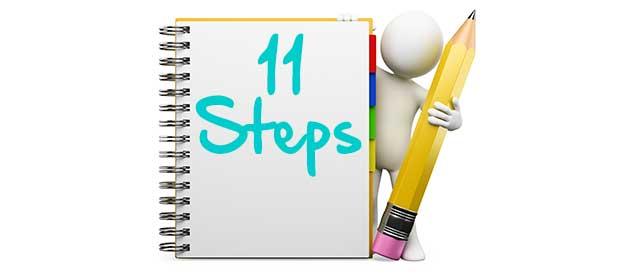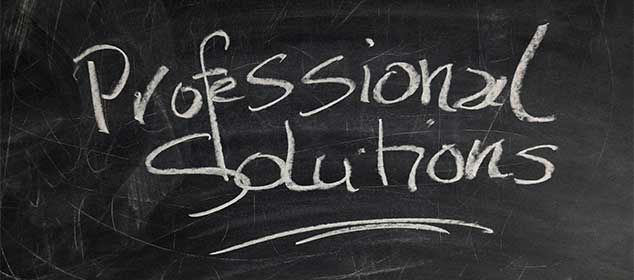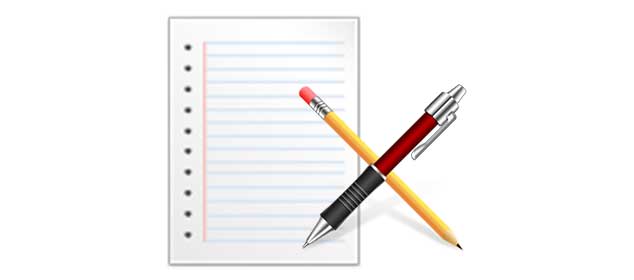11 Steps to Take Before Writing
Here’s the preliminary work you need to do before you ever start to write your sales copy. If followed diligently, these tips can mean the difference between between creating sales copy that sells and sales copy that fails!
Look at Other Sales Copy and Study Competitors
An easy way to learn more about sales copy is to look at what works and emulate it as much as possible. You should check out what your competitors are doing and beak down the sales copy on the high-gravity products on ClickBank.
Review what they do differently from one another and try to find common themes among the top-selling product sites. Don’t steal their actual graphics or text, which is illegal, just borrow the general format and put your own spin on it – but don’t reinvent the wheel! If what they’re using is working for them, go with it!
Research and Understand Your Customers
Customers vary greatly from niche to niche. Even though you might think you know all there is to know by studying your competitors graphics and copy, you’ll still need to learn what YOUR customers need and how you can communicate it to them.
What are their biggest fears? How can a product you sell benefit them? What are they willing to part with? Remember, you’re not selling a product but a solution to a problem. To sell that solution, you must understand everything you can about the people who have that problem.
Know the Action You Are Targeting and Have Goals
Every sales page needs to have a call to action that is repeated more than once depending on the length of your sales page, optin pages or whatever you’re writing sales copy for. Plus, you need to figure out exactly what that call to action will be. The best CTA’s simply tell the customers exactly what you want them to do.
In addition to outlining and defining your calls to action, make sure you create goals that can be monitored and checked up on throughout the life of your page. Your stats should include newsletter conversion goals, click-through goals, and actual sales goals that you can analyze in real time.
Develop Your Hook and How You Put It to Use
Every sales page needs a hook. You need to find the single phrase that will capture the highest number of your readers and use that as your headline. Reading other successful sales pages can give you some good ideas and once you have samples, you can actually send them to your customer list in an email survey asking them to choose the one they would be most likely to click on. Yes, sometimes it’s as easy as just asking your potential customers.
Most hooks are very simple, asking a basic question or highlighting a problem your readers might have.
Target Only One Audience in Your Copy
The most successful sales copy targets only one narrow audience. For example, if you’re selling marriage advice although you might be able to sell a marriage advice guide to people about to get married, they’re not really your target audience. Your target is the couples who are already having marriage problems and need immediate solutions. They are the most likely to make immediate, impulsive buys.
Know How to Answer “What’s In It for Me?”
Every person on the planet wants to know “What’s in it for me?” They don’t care how awesome your product is or how many people have purchased it. If you can’t tell them: “You need this because it will help you XYZ” no one will buy it! Your sales copy must be filled with statements that tell them exactly what they gain by reading your copy, signing up for your list, and ultimately buying your product.
Use the Space above the Fold Properly
“Above the fold” refers to the space viewable on a website when it first loads. The header, navigation bar, headline, and any images you place at the top of your sales copy is the first fold, and this is prime real estate that should be used to your best advantage. The goal is to convince them to continue reading on the second fold and beyond. They need to see something that will drive their eyes down, convincing them that if they keep reading, you will solve the problem they have been facing.
Use Captions with Photos
If you use photographs on your sales page, make sure you use captions or descriptions to highlight the point you’re making. More people will scan through sales copy rather than actually reading it, viewing just the headlines, bullet points and images. If your images are only being used as placeholders, you’re wasting valuable real estate. Along with captions that highlight the text, work on building images that make selling points—such as charts, graphs, or visual representations of your niche.
Keep Sentences and Paragraphs Short and to the Point
A dreaded wall of text can kill your sales copy faster than anything else. People are intimidated by having too much to read. If you compared the results of a 400-word paragraph and a 1,000-word sales letter with 20 shorter paragraphs, the latter would almost always convert better because more people would actually read it. Use short, concise statements to make your points and convince readers to keeping reading.
Don’t Talk Over Their Heads
Even if you are an expert in your field, your readers probably are not. That’s why they’re coming to you for advice. Never use a big word when a small one will do the same job. You’ll always be safe if you write your copy for the 6th-grade reading level.
Highlighting and Formatting Text to Make It Stand Out
Starting with a warning that you are NOT to get carried away with it, if you have a particularly important point, feel free to use a yellow highlighter or bold it to draw attention. Also, use the white space on your page to draw attention to single statements. Without turning your sales copy into a paint-by-the-numbers, feel free to apply carefully selected formatting to highlight points and attract the eye to areas of the page that may help you make the sale.





